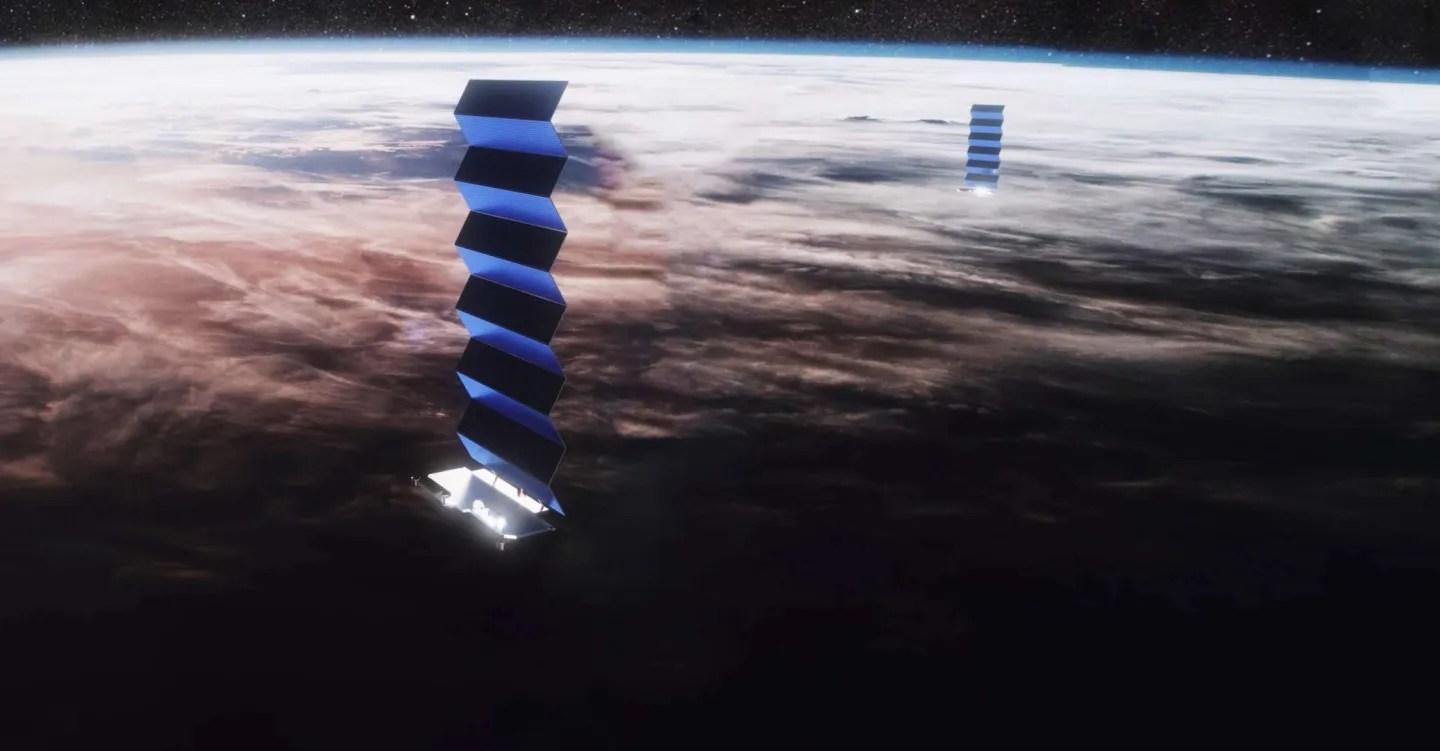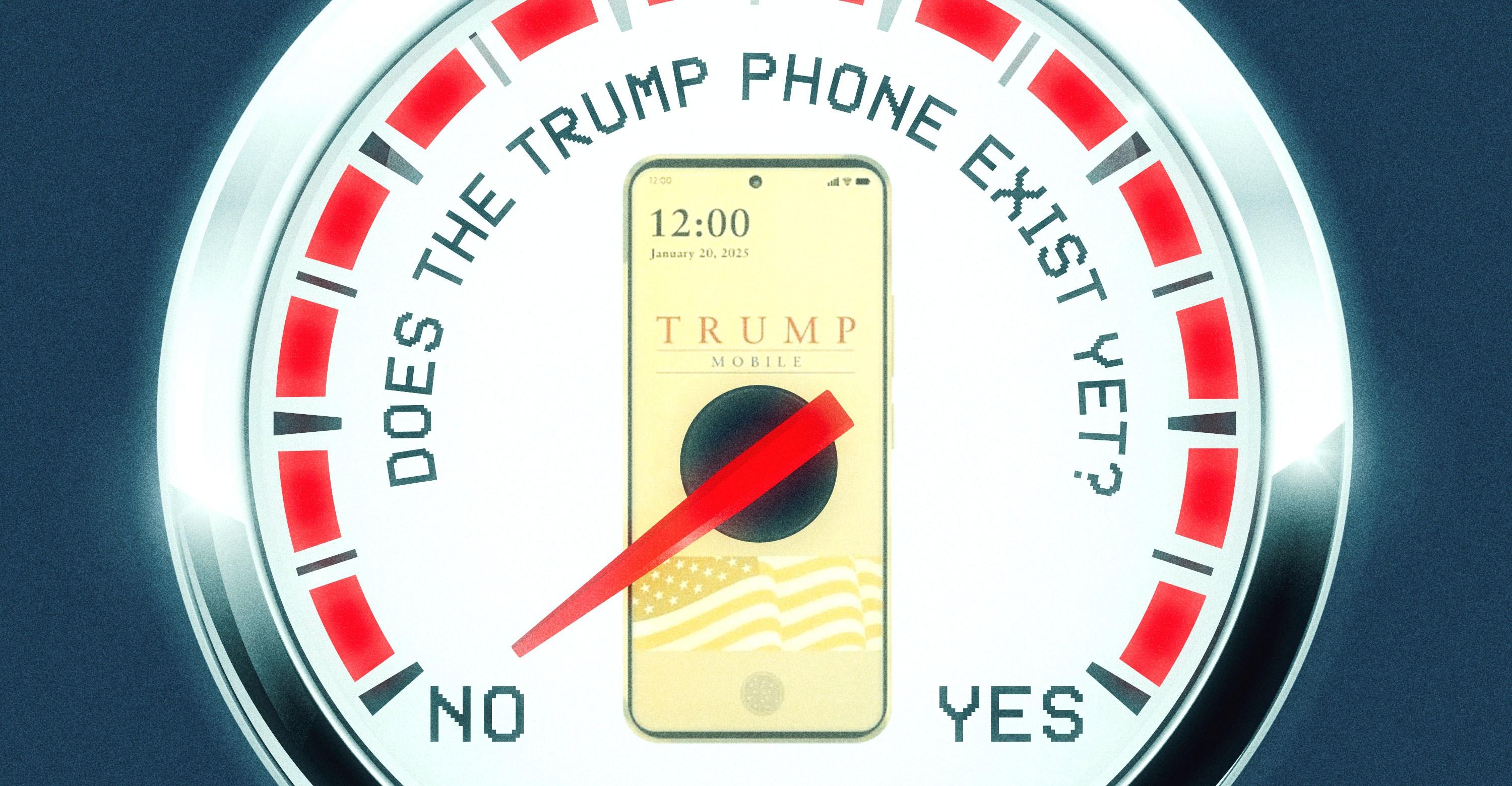- Home
- Technology
- News
Billions at risk of skin cancer as huge ozone hole detected over tropics
Around half the planet’s population is in danger of skin cancer as a huge new hole has been detected in Earth's ozone layer


Scientists claim that a new hole in the Earth’s ozone layer has been detected— exposing around half the planet’s population to higher doses of dangerous ultraviolet radiation from the sun.
As per the study, the year-round ozone hole is said to be seven times larger than the reported nine million square mile hole over Antarctica.
The new issue in the ozone layer which sits around 15 miles above the Earth and shields us from cancer — causing ultra-violet rays — is said to be over the Tropics.
If confirmed it would potentially put billions of people at risk of a number of conditions including cancer and cataracts among others.
University of Waterloo scientist and paper author Qing-Bin Lu said: “The tropics constitute half the planet's surface area and are home to about half the world's population
The existence of the tropical ozone hole may cause great global concern.
"The depletion of the ozone layer can lead to increased ground-level UV radiation, which can increase risk of skin cancer and cataracts in humans, as well as weaken human immune systems, decrease agricultural productivity, and negatively affect sensitive aquatic organisms and ecosystems.
"The present discovery calls for further careful studies of ozone depletion, UV radiation change, increased cancer risks, and other negative effects on health and ecosystems in the tropical regions.”
Moreover, the hole is believed to have been present since the 1980s, with models only recently being able to confirm its existence.
Since 2000, tropical stratospheric ozone levels have indeed still been decreasing, but this is due to changes in atmospheric motions expected with climate change.
India’s extremism and the plight of minorities
- 8 hours ago
Rubio says US to work with current Venezuela leaders if they make ‘right decision’; Maduro now in NY jail
- 9 hours ago

You can charge the battery in Belkin’s new Switch 2 power case without opening it
- an hour ago
Large part of Maduro's security team killed in U.S. action-Venezuela defense minister
- 7 hours ago
Trump says US will run Venezuela after Maduro seized
- 11 hours ago
Pakistan, China agree to enhance coordination at bilateral, multilateral fora
- 11 hours ago

Plaud updates the NotePin with a button
- an hour ago
Venezuela’s oil exports paralysed amid political turmoil, sources say
- 11 hours ago
Six killed in roof collapse incident in KP’s Charsadda
- 9 hours ago

Bangladesh will not play T20 World Cup matches in India, says sports adviser
- 11 hours ago
Cold, dry weather expected to prevail in most parts
- 11 hours ago
Four cops martyred in separate terrorist attacks in Bannu, Lakki Marwat
- 11 hours ago









